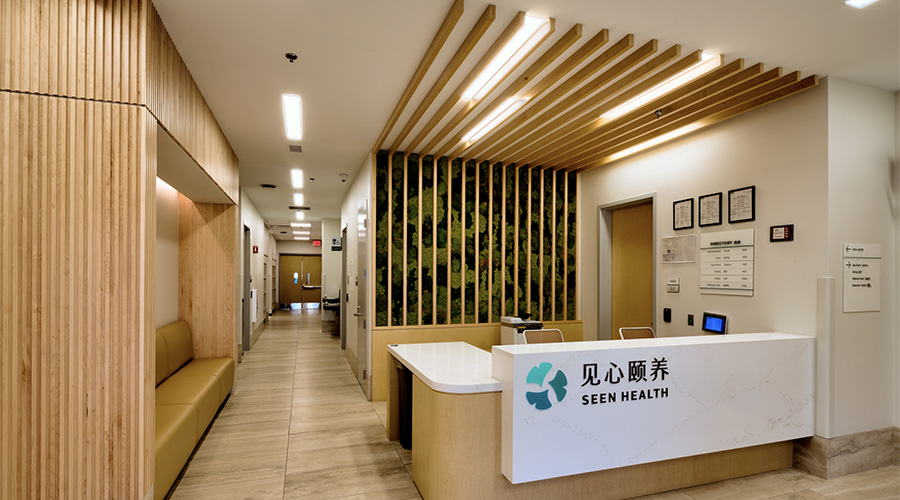Ontario, Canada - In the 1700s, Ben Franklin professed, “I am persuaded that no common air from outside is so unwholesome as the air inside a closed room that has been often breathed and not changed.”
Franklin appears to have been more than 250 years ahead of his time when it comes to poor indoor air quality (IAQ). This has been proven once again in a study conducted by researchers at Harvard and Syracuse Universities.
In this study, the researchers enrolled 24 “knowledge workers,” people who were corporate managers, architects, and designers. The workers spent six days in a controlled work environment, working from 9 am to 5 pm each day.
During this time, the indoor air quality conditions fluctuated without their knowledge, shifting from:
• An optimized environment, where ventilation was increased; chemicals and products – including cleaning products – that released
volatile organic compounds (VOCs) were minimized or eliminated; and carbon dioxide levels in the air were reduced.
• The other work environment was a more conventional setting which met minimally accepted IAQ standards.
Each day, the participants took tests measuring their cognitive (thinking) functions. “We saw higher test scores across nine cognitive function domains when workers were exposed to increased ventilation rates, lower levels of chemicals, and lower carbon dioxide,” reported the researchers.
They went on to report:
“The results showed the biggest improvements in areas that tested how workers used the information to make strategic decisions and how they plan, stay prepared, and strategize during crises. These are exactly the skills needed to be productive in the knowledge economy.”
The researchers then conducted a second test involving 100 knowledge workers. This one to evaluate the influence of using green-certified cleaning solutions. Green cleaning solutions are designed to protect IAQ.
“We found that workers in buildings that used green certified [cleaning solutions] scored higher on the tests,” the scientists reported.
“The takeaway is simple,” says Mike Watt, Director of Training for
Avmor, which manufacturers green-certified cleaning products.
“Better indoor air quality results in better [worker] performance, something the professional cleaning industry has known for years.”
###
 How Efficiency Checklists Help Hospitals Save Energy, Water and Money
How Efficiency Checklists Help Hospitals Save Energy, Water and Money Designing with Heart: Seen Health Center Blends Cultural Warmth and Clinical Care
Designing with Heart: Seen Health Center Blends Cultural Warmth and Clinical Care Rutgers Health and University Hospital Breaks Ground on Campus Expansion
Rutgers Health and University Hospital Breaks Ground on Campus Expansion What to Consider When Modernizing Healthcare Facilities
What to Consider When Modernizing Healthcare Facilities Corewell Health Beaumont Troy Hospital to Build New Tower
Corewell Health Beaumont Troy Hospital to Build New Tower